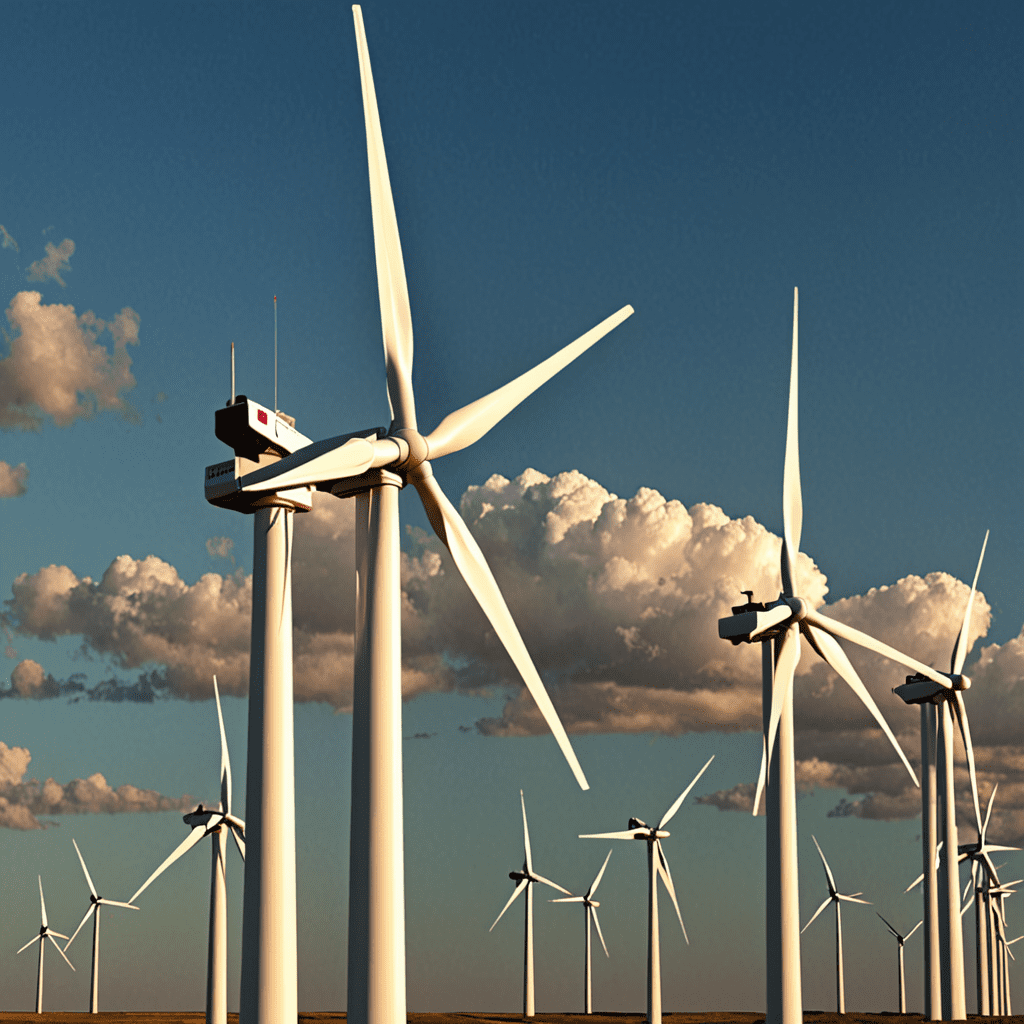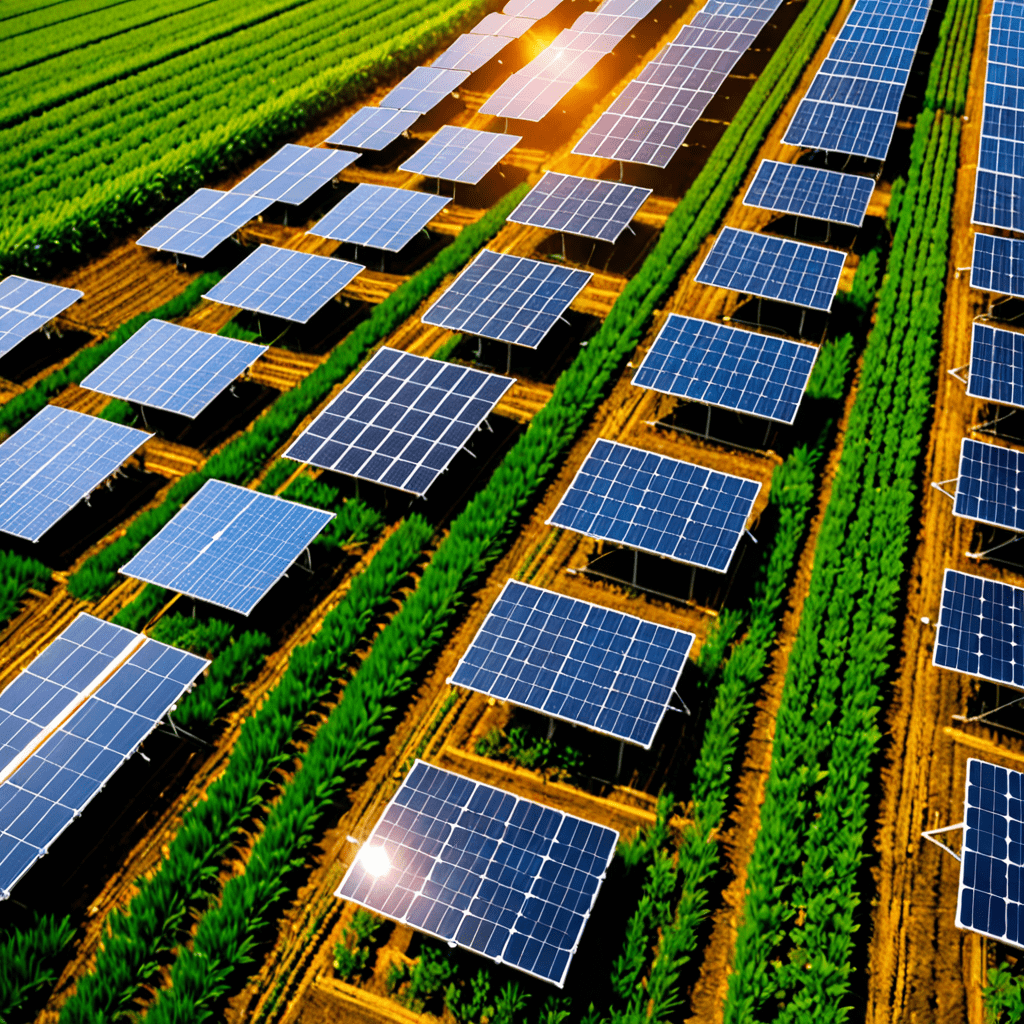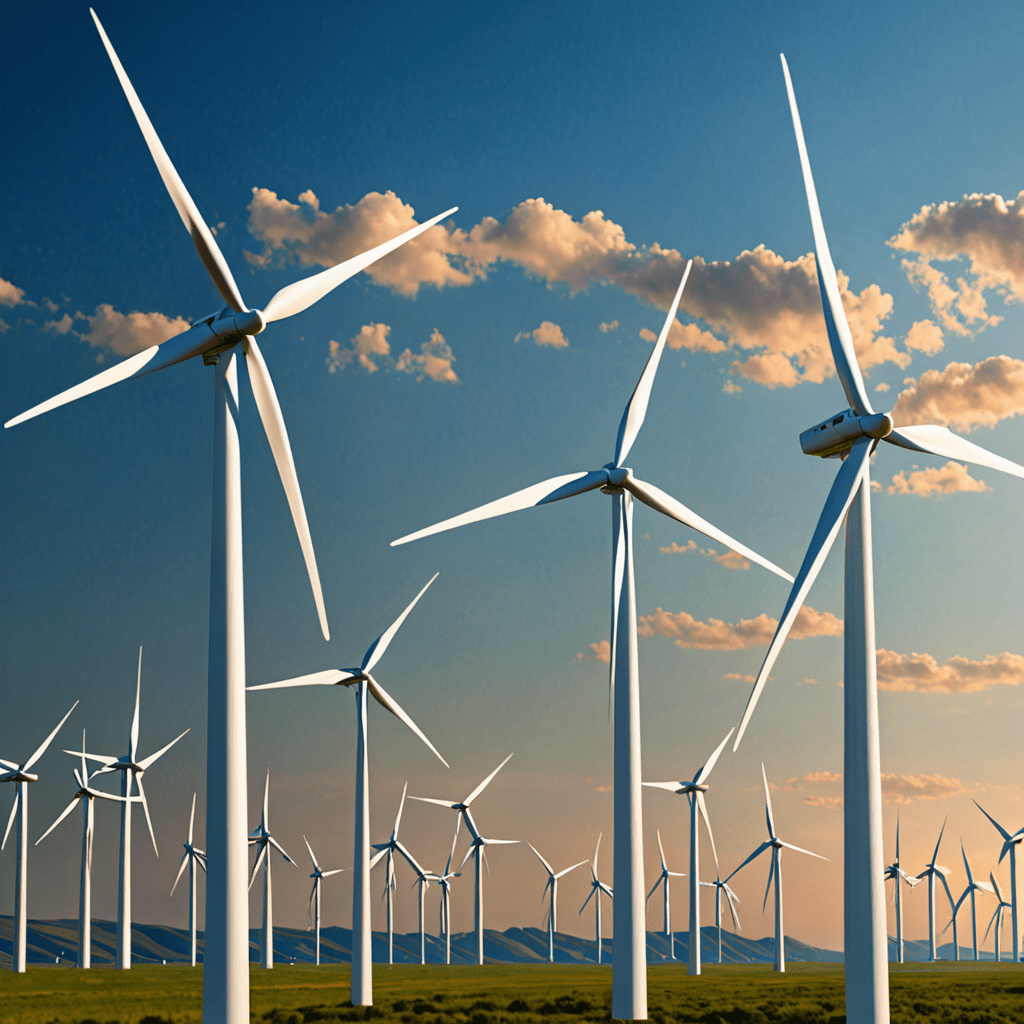
Understanding Wind Energy and Visual Impact Assessment Strategies
Wind energy has emerged as a key player in the renewable energy sector, offering a sustainable source of power. However, the development of wind farms comes with the challenge of balancing energy production with visual impact on the surrounding environment. Visual Impact Assessment (VIA) strategies are crucial in evaluating and mitigating the visual effects of wind energy projects.
The Importance of Visual Impact Assessment
Visual impact assessment is essential in understanding how wind energy projects may alter the landscape and impact various stakeholders. By evaluating the visual characteristics of a proposed wind farm, developers can identify potential concerns and implement strategies to minimize negative effects.
Key Components of Visual Impact Assessment
When conducting a visual impact assessment for a wind energy project, several key components are considered, including the visibility of the project from different viewpoints, the contrast between the project and the surrounding landscape, and the potential visual intrusion on cultural or historical sites.
Techniques for Visual Impact Assessment
Various techniques are utilized in visual impact assessment, such as photo simulations, viewpoint analysis, and 3D modeling. These tools help stakeholders visualize the potential visual impact of a wind energy project and make informed decisions regarding its design and placement.
Community Engagement and Consultation
Engaging with the local community and stakeholders is crucial in the visual impact assessment process. By soliciting feedback and addressing concerns, developers can enhance the acceptance and support for wind energy projects while ensuring that visual impacts are mitigated to the greatest extent possible.
Regulatory Framework for Visual Impact Assessment
Many countries have established regulatory frameworks that require visual impact assessment for proposed wind energy developments. These frameworks outline the procedures and criteria for conducting assessments and ensure that visual considerations are taken into account during project planning and approval processes.
Continuous Monitoring and Adaptive Management
After a wind energy project is operational, continuous monitoring of visual impacts is essential. Developers should implement adaptive management strategies to address any unforeseen visual concerns and make adjustments to minimize negative effects over time.
Conclusion
Visual impact assessment is a critical aspect of wind energy development, helping to balance the benefits of renewable energy with the preservation of visual quality in landscapes. By employing effective assessment strategies and engaging with stakeholders, developers can ensure that wind energy projects are visually integrated into their surroundings while contributing to a sustainable energy future.
Frequently Asked Questions about Wind Energy and Visual Impact Assessment Strategies
What is Wind Energy?
Wind energy is a renewable energy source generated by harnessing the power of wind to produce electricity. Wind turbines are used to capture the kinetic energy of the wind and convert it into electrical power.
What is Visual Impact Assessment in the context of Wind Energy?
Visual Impact Assessment is a process that evaluates the potential visual effects of wind energy projects on the surrounding landscape and views. It aims to minimize the visual impact of wind turbines on the environment and communities.
Why is Visual Impact Assessment important for Wind Energy projects?
Visual Impact Assessment is crucial for wind energy projects to assess and mitigate any negative visual impacts on the landscape, views, and communities surrounding the project site. It helps in planning and siting wind turbines in a way that minimizes visual obstructions and maintains the aesthetic quality of the environment.
What are some strategies used in Visual Impact Assessment for Wind Energy projects?
Strategies used in Visual Impact Assessment for Wind Energy projects include conducting visual simulations, engaging stakeholders and communities, assessing visibility from key viewpoints, considering the landscape context, and implementing visual mitigation measures when necessary.
How can Visual Impact Assessment strategies benefit Wind Energy projects?
By employing effective Visual Impact Assessment strategies, Wind Energy projects can enhance public acceptance, reduce potential conflicts with communities, improve project sustainability


